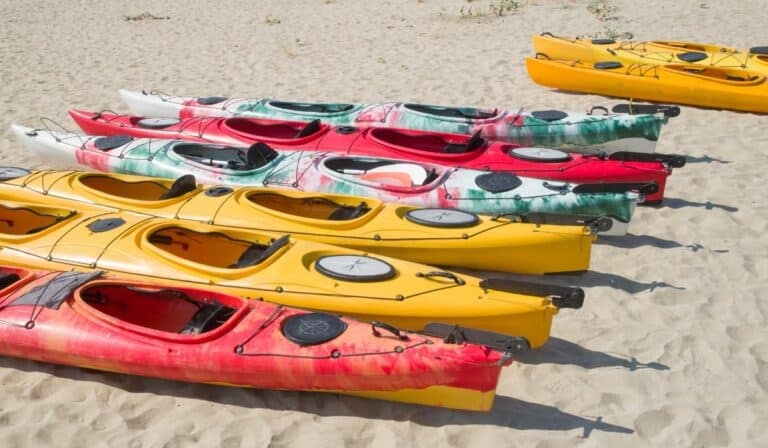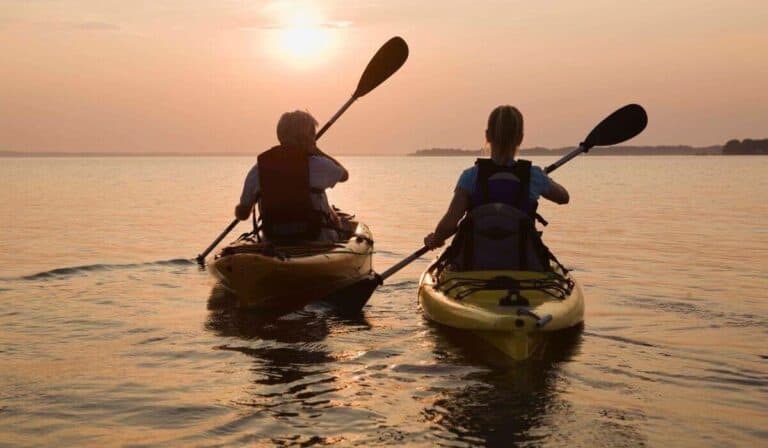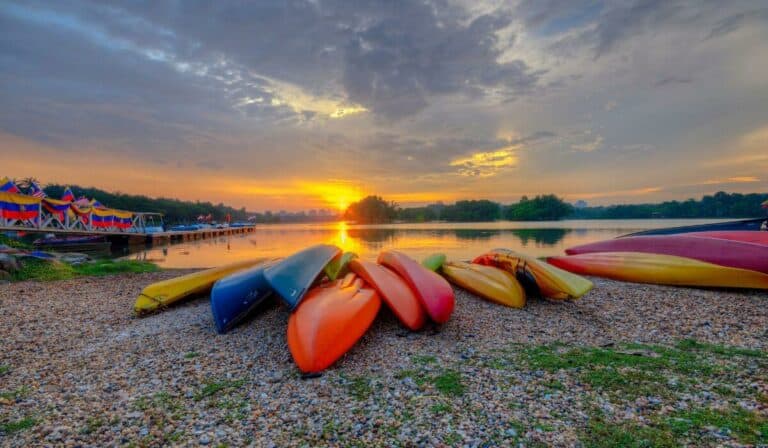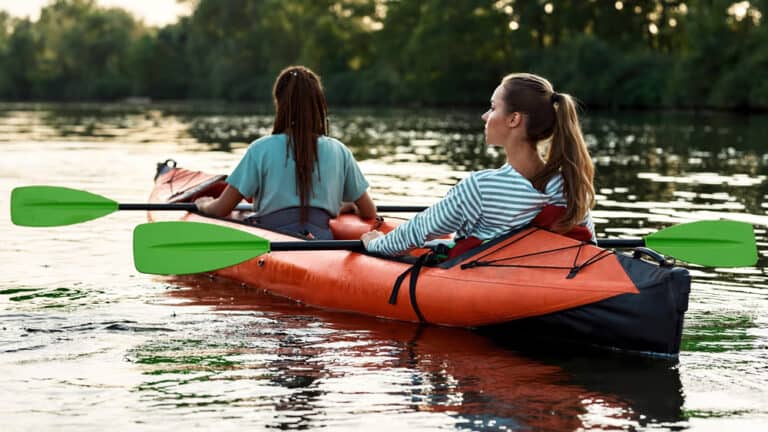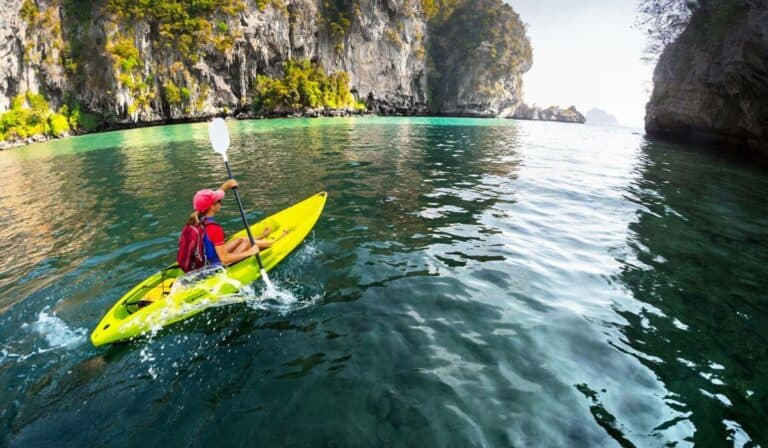10 Kayaking safety tips for a fun and secure experience
Kayaking is an exhilarating way to explore the outdoors, but like any outdoor activity, it also comes with certain risks. To stay safe on the water while kayaking, we’ll cover 10 kayaking safety tips – from choosing appropriate equipment to understanding weather patterns – so you’re prepared for anything.
Table of Contents
Introduction
Kayaking is an enjoyable outdoor activity that offers breathtaking views of nature. However, while it can be a fun and relaxing pastime, safety must always take priority. In this article, we’ll provide essential tips for kayaking safety.
1. Recognize Your Limits

It is essential to be honest with yourself about your physical abilities and limitations when kayaking. Don’t try to tackle conditions or areas beyond your skill level unless you have first built up some experience and skillset before tackling more demanding conditions.
2. Utilize a Personal Flotation Device (PFD)
Wearing a PFD is essential for kayak safety. Make sure the PFD fits properly and is rated according to your body weight; using one will keep you afloat even if you become unconscious in the water. A properly fitting PFD will keep you buoyant during any downed kayak excursion.
3. Verify Your Equipment
Before embarking on your kayaking expedition, make sure to thoroughly inspect all equipment. Check for cracks or damage and make sure all gear is in working condition. Don’t forget to bring a paddle leash just in case your paddle ends up in the water – this will keep it close by when retrieving it! 5. Plan the Route
Before setting out on your adventure, double-check all of your equipment for cracks or damages and ensure it meets all safety regulations.
4. Understand Weather Conditions

Weather can change rapidly, so it’s essential to stay informed before going kayaking. Avoid kayaking during high winds, thunderstorms or other severe weather events; instead, be prepared and adjust your plans according to what the forecast says.
5. Plan Your Route Ahead of Time
Create a route ahead of time and notify someone where you’re going and when you plan to return. Doing this will guarantee that someone knows your whereabouts in case an emergency arises.
6. Never Kayak Alone
Kayaking with a partner is always safer than kayaking alone. If possible, try finding someone else to explore with, or if you must go it alone, be sure to inform someone of your plans and stay on course. If you must kayak alone, be sure to communicate your plans ahead of time so others can plan accordingly.
7. Bring Necessary Supplies

In addition to a PFD, there are several other items you should bring along while kayaking safely. These may include a first aid kit, whistle, sunscreen, and plenty of water.
8. Master Proper Paddling Techniques
Proper paddling techniques not only keep you safe while kayaking, but it makes the experience more enjoyable as well. Keep your paddle close to yourself and use core muscles instead of just arms when paddling. Experiment with different directions and water conditions when using your kayak.
9. Be Prepared in Case of Emergency
Knowing what steps to take during a life-threatening situation can make all the difference when staying safe on the water. Make sure you know how to call for assistance and practice self-rescue techniques in case an accident happens. 10. Know What To Do in Case of Disaster
Being prepared for disasters is key when boating. Make sure your knowledge base includes both call-out procedures as well as self-rescue techniques that could save lives.
10. Attend a Kayaking Course

Attending a kayaking course is an excellent way to gain more knowledge about kayaking safety and proper techniques for kayaking. Look for courses near you that cover basic safety procedures like entering and exiting a kayak safely, how to rescue yourself or others if it capsizes, and how to read weather forecasts accurately.
Conclusion
Kayaking is an exhilarating outdoor activity, but it’s essential to prioritize safety when on the water. By following these 10 essential tips for kayaking safety, you can stay secure while having an amazing time exploring nature’s splendor.
FAQs abOUT Kayaking Safety
Do I Need to Wear a PFD While Kayaking?
Wearing an appropriate PFD is mandatory for kayaking safety.
What Should I Do if My Kayak Capsizes?
Use self-rescue techniques and attempt to reenter your kayak if possible. If this is not possible, stay with the kayak and call for assistance.
Can I Kayak Alone?
Kayaking with a partner is always safer, but it is possible to go solo. Just make sure someone knows your plans and stick with your route!
What Equipment Should I Bring When Kayaking?
In addition to a PFD, you should bring along an emergency first aid kit, whistle, sunscreen and plenty of water.
Do I Need to Take a Kayaking Course?
Absolutely. Taking an introduction course to kayaking is highly recommended, especially if you’re new to the activity. It’s an invaluable way to learn proper techniques and safety procedures.


